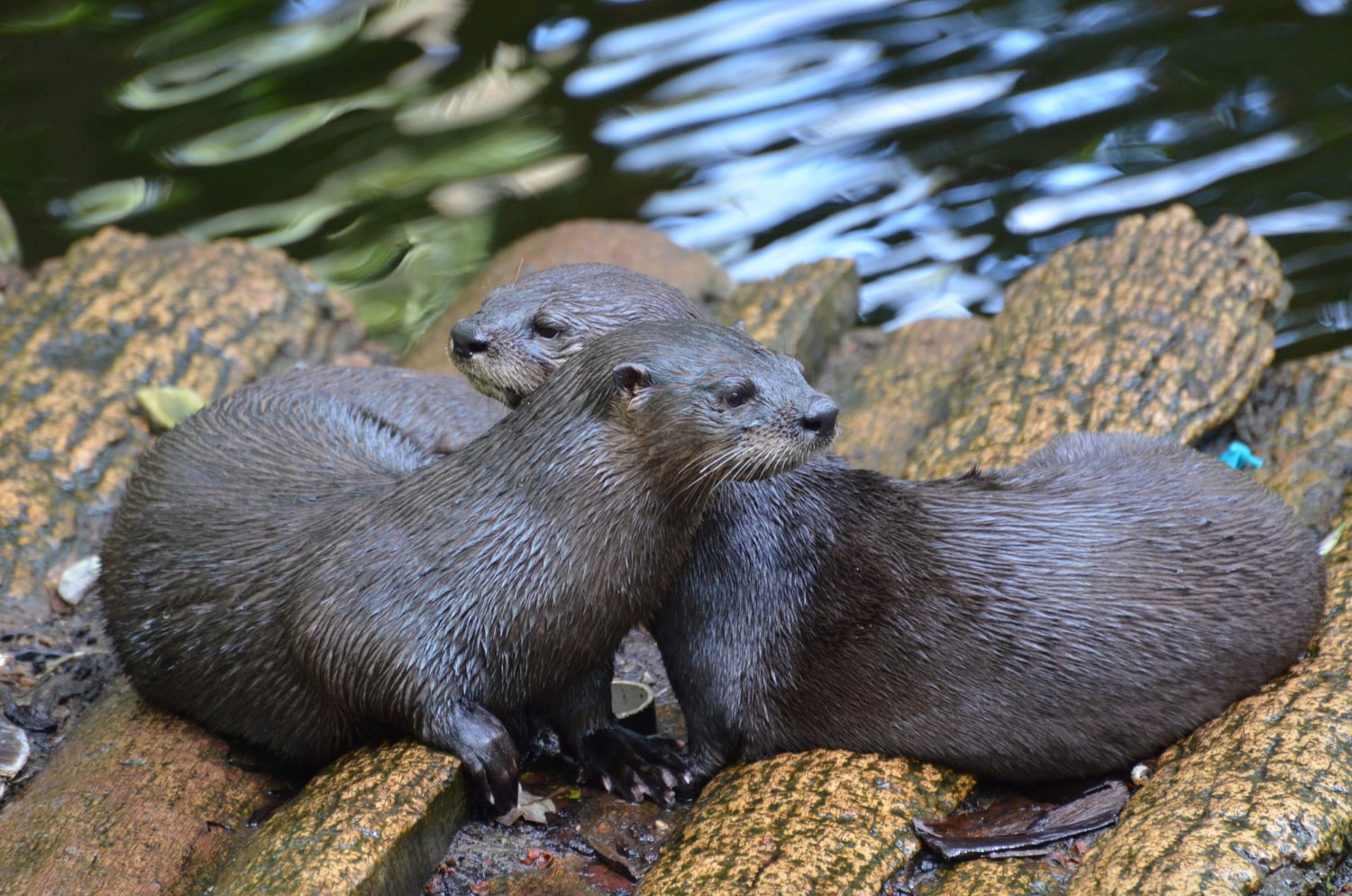Otters are incredibly fascinating mammals that inhabit rivers, lakes, and coastal regions around the world. Known for their intelligence, agility, and unique social behaviors, these animals play a vital role in aquatic ecosystems. In many cultures, otters are seen as symbols of cleverness and harmony with nature. Their playful demeanor often hides the complexity of their behavior and adaptations. Here are some amazing facts about otters that you might not have known.
- Otter fur is among the densest in the animal kingdom. It can contain up to one million hairs per square centimeter. This extreme density provides excellent insulation against cold water.
- Sea otters use rocks as tools to crack open shellfish. They keep their favorite stone tucked in loose skin under their armpits. This shows a high level of intelligence and the ability to use external objects for problem-solving.
- While sleeping, otters hold hands to avoid drifting apart in the water. This behavior is known as a “raft of otters”. It helps maintain social bonds within the group.
- Otters can close their ears and nostrils underwater thanks to specialized muscles. They are capable of diving up to 20 meters and staying submerged for several minutes. Their bodies are well adapted for life both in water and on land.
- Their diet mainly consists of fish, but they also eat frogs, crabs, insects, and small birds. An otter consumes food equivalent to 25% of its body weight daily. Their digestive system is highly efficient to process such a protein-rich diet.
- With flexible spines and strong limbs, otters swim swiftly and gracefully. They can change direction in a fraction of a second. Their movements in water are smooth and almost dance-like.
- Otter pups are born blind and remain under the mother’s care for several months. Mothers teach them to swim through play and physical guidance. Strong family bonds are crucial for their development.
- Otters communicate using a variety of vocalizations. They can whistle, growl, snort, and even scream. This form of communication helps them coordinate and alert each other to danger.
- Some otter species build dens with tunnel systems leading directly to the water. These dens include ventilation holes and designated resting areas. They offer protection from predators and harsh weather.
- Otters love to play—sliding down muddy banks, juggling rocks, and leaping across the water. Their play serves both recreational and educational purposes. It helps young otters develop coordination and hunting skills.
- Despite their cute appearance, otters can be quite aggressive when defending their offspring or territory. They have sharp teeth, and their bite can be painful. They are known to deter even larger predators.
- In Native American cultures, otters were considered sacred animals and symbols of joy and cunning. In mythology, they often appear as helpers to heroes. They are portrayed as wise yet mischievous creatures.
- Otters are highly sensitive to pollution and diminishing food sources. Human activity has led to the decline of many otter populations. Today, they are protected in several countries and conservation programs.
- In South America, the giant otter can grow up to 1.8 meters long. It lives in highly organized groups and makes loud barking sounds. This species is endangered and under strict protection.
These interesting facts reveal that otters are not only adorable creatures but also complex animals with remarkable behaviors and skills. They play a crucial role in nature and deserve our attention and care. The world of otters is full of surprises and clever strategies. By learning more about them, we gain deeper insights into the wonders of wildlife.





